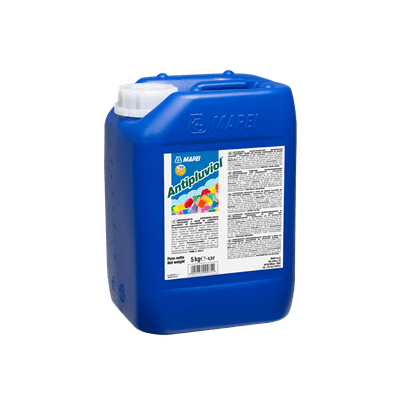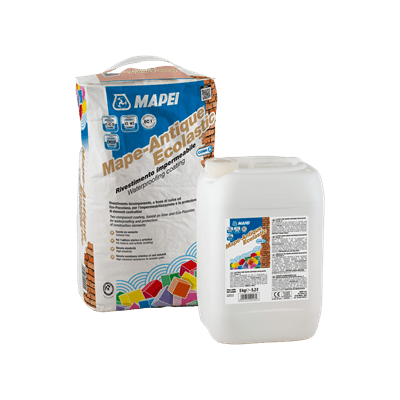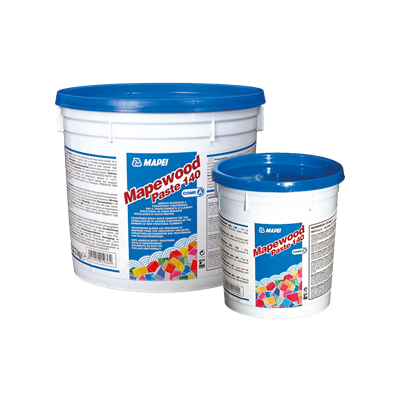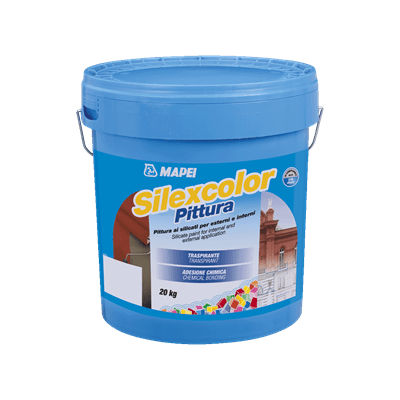
Milan Water Treatment Plant, Italy
Thanks to the restoration and renovation work carried out on the existing masonry, the historical building housing the Milan Water Treatment Plant, built between 1905 and 1906, has been given a new lease of life by turning it into a museum.
The three Mapei product lines selected for the new poly-functional centre played a key role: the MAPE-ANTIQUE line to renovate the masonry, products from the SILEXCOLOR range to finish the walls and the MAPEWOOD line of products specific for restoring antique wooden structures, including those of historical and artistic significance. And in the same vein, Mapei’s proposal for waterproofing constructions and features of historical interest, MAPE-ANTIQUE ECOLASTIC, was chosen for the waterproofing work.
An antique building, now working as a museum, has been brought back to life thanks to the use of special products for the renovation of masonry.
On the 4th of July last year, a new poly-functional centre was inaugurated in Milan with water as its central theme, a basic commodity for mankind and a renewable resource for our planet (World Water Day was celebrated on the 22nd of March). We’re talking about the Milan Water Treatment Plant near Piazza Firenze, where, at the end of the last century, the last remaining fountain within the Navigli canals area was shut down.
The Milan Water Treatment Plant is a space extending over three floors that has been created by transforming a historic water pump-house, built between 1905 and 1906 with the aim of making the Milan water network even more efficient. Inside the building – which is once again open to the public, in a museum-like setting which forms a perfect backdrop to a host of educational activities and information on the subject of water, promoted by the University of Milan and the Giangiacomo Feltrinelli Foundation – the basement is used to display old equipment from the water plant.
MAPE-ANTIQUE: TECHNOLOGY WITH RESPECT FOR TRADITION
The structure’s underground masonry was renovated by applying a specific product system combined with a dehumidifying cycle.
Once the badly damaged cementitious render had been removed and the surfaces had been carefully cleaned to remove any loose or detached material, a 2 cm layer of MAPE-ANTIQUE STRUTTURALE NHL mortar was applied to level the surfaces, followed by a coat of PRIMER 3296 consolidating primer, diluted 1:1 with water, and two coats of MAPE-ANTIQUE ECOLASTIC coating, to form a 2-3 mm thick layer. MAPE-ANTIQUE ECOLASTIC is an elastic coating protecting the surface of rendered masonry (including in listed buildings) from seawater, de-icing salts or soluble salts in general. A base layer was created thereupon using MAPE-ANTIQUE ECO RINZAFFO salt-resistant, natural hydraulic lime and Eco-Pozzolan scratch-coat, an ideal base for dehumidifying, breathable and “structural” renders. The next step was to apply MAPE-ANTIQUE ECO RISANA dehumidifying rendering mortar, followed by two coats of MAPE-ANTIQUE ECO RASANTE CIVILE fine-grained, smoothing and levelling mortar.
The facades were finished off with silicate-based SILEXCOLOR PRIMER and SILEXCOLOR PAINT, an one-component modified potassium-silicate-based paint for internal and external vertical surfaces.
The same finishing treatment was also adopted for the internal walls of the building. After removing the existing damaged render and film of paint with power tools, the first step was to treat the surfaces with PRIMER 3296 primer before smoothing over with MAPE- ANTIQUE ECO RASANTE CIVILE.
The facades were finished off with silicate-based SILEXCOLOR PRIMER and SILEXCOLOR PAINT paint.
The exposed beams of the timber roof truss were consolidated and strengthened by treating the surfaces with MAPEWOOD PRIMER 100 and applying MAPEWOOD PASTE 140, a thixotropic epoxy adhesive for restoring timber structural elements, and then MAPEWOOD GEL 120 epoxy-based adhesive, this time in the form of gel.
The last step was to provide protection for the facades, which was guaranteed by applying ANTIPLUVIOL, a colourless, water-repellent impregnator treatment made from silicon compounds in water solution, which forms an efficient barrier against aggressive agents present in the atmosphere, which are carried into the material by rainwater.





.jpg?sfvrsn=69fb5575_6)








.jpg?sfvrsn=7cfb5575_6)

.jpg?sfvrsn=96fa5575_6)
.jpg?sfvrsn=89fa5575_6)

.jpg?sfvrsn=8bfa5575_2)
